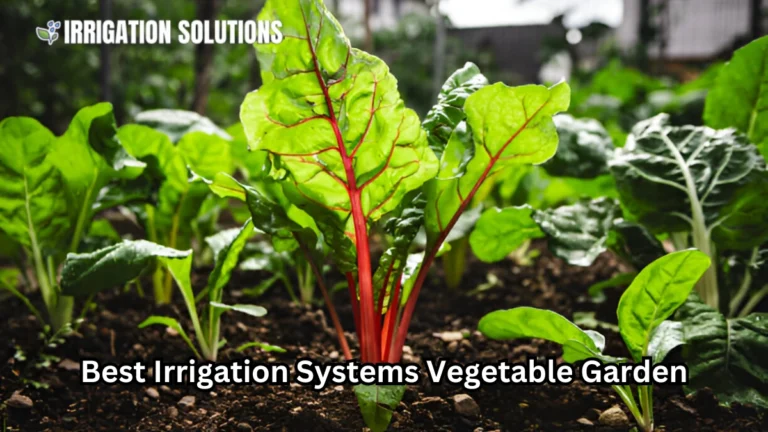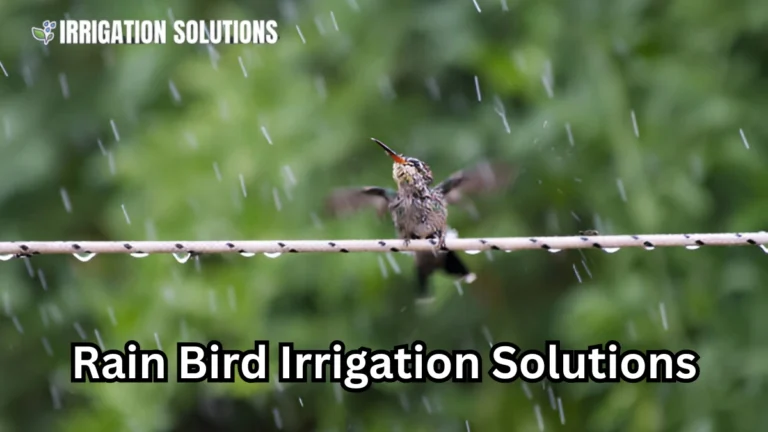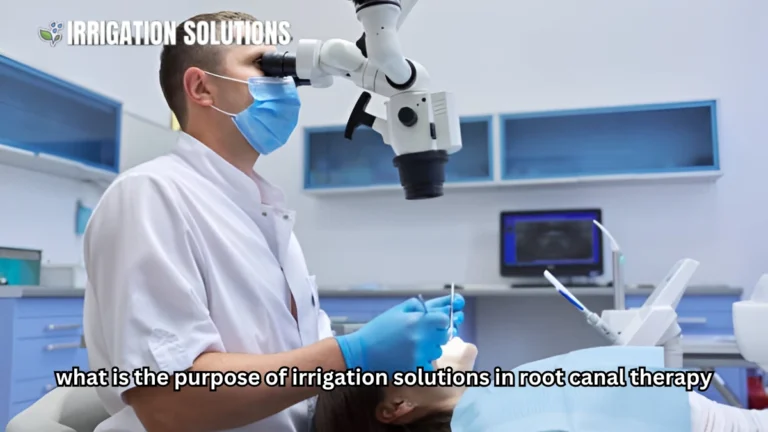Best Irrigating Solutions in Pediatric Dentistry

Pediatric dentistry demands specialized techniques to ensure young patients receive effective and comfortable treatment. One critical aspect of pediatric dental care is irrigating solutions in pediatric dentistry, which play a pivotal role in maintaining oral health, preventing infection, and ensuring successful procedures. This blog delves deep into the topic, offering insights into best practices, cutting edge solutions, and practical tips for professionals.
What Are Irrigating Solutions in Pediatric Dentistry?
Irrigating solutions are fluids used to clean, disinfect, and remove debris from oral cavities and root canals during dental procedures. These solutions are essential for enhancing patient outcomes and ensuring effective cleaning in sensitive areas. In pediatric dentistry, where younger patients may have unique challenges such as limited cooperation or smaller anatomical structures, choosing the right irrigating solution becomes even more critical.
Commonly Used Irrigating Solutions:
- Saline Solution: Safe, non irritating, and ideal for gentle rinsing.
- Chlorhexidine: Offers excellent antimicrobial properties but may require careful use to avoid staining.
- Sodium Hypochlorite (NaOCl): A powerful disinfectant effective against bacteria and tissue dissolution.
- EDTA (Ethylenediaminetetraacetic Acid): Used to remove the smear layer in root canals.
- Hydrogen Peroxide: Often combined with other solutions for enhanced cleaning.
Each of these options serves specific purposes, and their use depends on the treatment goals and the patient’s needs.
Why Are Irrigating Solutions Essential in Pediatric Dentistry?
The primary objectives of using irrigating solutions in pediatric dentistry include:
- Removing Bacteria and Debris: They ensure a clean treatment area by flushing out food particles, dead tissue, and microbes.
- Preventing Infections: Proper irrigation reduces the risk of postoperative infections, promoting faster healing.
- Enhancing Procedure Outcomes: A clean working area improves the accuracy of treatments such as root canal therapy.
- Improving Patient Comfort: Using appropriate solutions minimizes pain and discomfort during and after procedures.
Choosing the Right Irrigating Solution
Selecting the best irrigating solution depends on various factors:
| Factor | Consideration |
| Age of the Patient | Younger children may need milder solutions like saline to avoid irritation. |
| Type of Procedure | Root canals may require sodium hypochlorite, while regular cleaning needs saline. |
| Patient Allergies | Always check for sensitivities to avoid adverse reactions. |
| Duration of Treatment | Long procedures may benefit from antimicrobial solutions for extended protection. |
Pro Tip:
“Always weigh the benefits of a solution against its potential side effects. For instance, while NaOCl is highly effective, its misuse can cause irritation. Dilution may help mitigate this.”
Techniques for Effective Irrigation
Mastering irrigation techniques is crucial for achieving the best results in pediatric patients. Here’s a breakdown:
Manual Syringe Irrigation
- Simple and cost-effective.
- Involves using a syringe and needle to deliver the solution.
- Works well for small cavities and controlled delivery.
Passive Ultrasonic Irrigation (PUI)
- Enhances cleaning efficiency by creating acoustic streaming.
- Ideal for root canal procedures.
- Reduces debris in hard to reach areas.
Negative Pressure Irrigation
- Prevents solution extrusion beyond the apex.
- Provides safer irrigation for children.
- Commonly used with systems like EndoVac.
Continuous Irrigation Systems
- Automated and consistent delivery.
- Suitable for lengthy procedures requiring sustained irrigation.
Case Study: Success Story Using Irrigating Solutions
A six-year-old boy presented with severe pain in a decayed primary molar. After diagnosis, a root canal was performed using sodium hypochlorite for disinfection, followed by EDTA to remove the smear layer. The dentist used passive ultrasonic irrigation to ensure thorough cleaning. The result? The patient recovered quickly without any signs of infection, showcasing the effectiveness of the chosen solutions and techniques.
Innovations in Irrigating Solutions
Advancements in pediatric dentistry have introduced new tools and materials. Here are some game-changers:
- Biocompatible Irrigants: Solutions like herbal extracts (e.g., green tea polyphenols) offer antimicrobial benefits with fewer side effects.
- Nanotechnology-Based Solutions: Incorporates nanoparticles for enhanced cleaning and disinfection.
- Smart Delivery Systems: Devices that adapt flow rates and volumes based on real time feedback.
Emerging Trend:
“Natural irrigants such as neem and aloe vera extracts are gaining popularity due to their safety profile and effectiveness.”
Challenges and Solutions in Pediatric Irrigation
Handling young patients presents unique hurdles. Here’s how to overcome them:
| Challenge | Solution |
| Fear and Anxiety | Use flavored or non-irritating solutions like saline to make the experience less daunting. |
| Limited Cooperation | Opt for quick-acting solutions and streamline procedures with automated systems. |
| Sensitivity to Strong Irrigants | Dilute stronger solutions or use alternatives like chlorhexidine for mild antimicrobial action. |
Helpful Tip:
“Explain the process to children in a fun, relatable way. This helps reduce fear and builds trust.”
Best Practices for Dentists
- Double-Check Dosages: Overuse can lead to irritation, especially in smaller patients.
- Educate Parents: Provide clear instructions for aftercare to avoid complications.
- Practice Patience: Young patients often need extra reassurance and a slower pace.
Conclusion
Irrigating solutions are indispensable in pediatric dentistry, ensuring safety, comfort, and success in every procedure. By selecting the right solutions, using innovative techniques, and addressing individual patient needs, dental professionals can deliver exceptional care. Embrace modern practices and educate yourself on emerging trends to stay ahead in this dynamic field.






